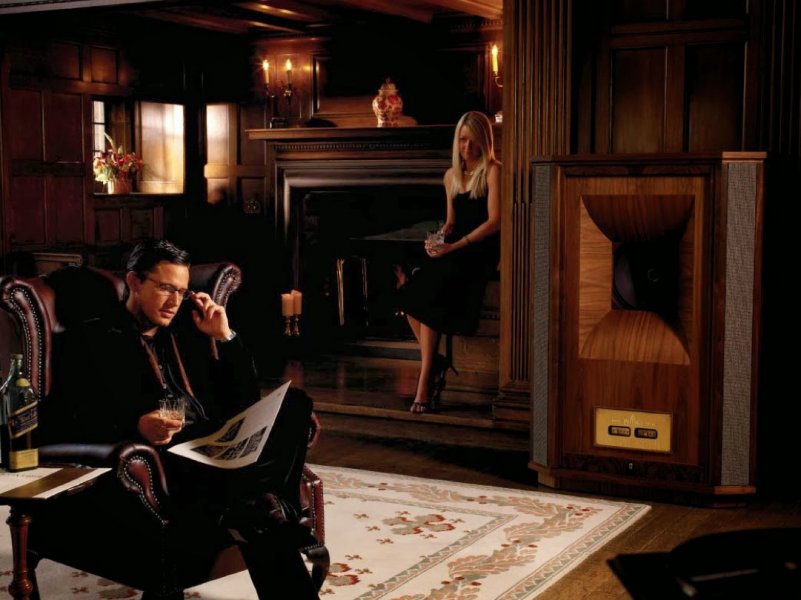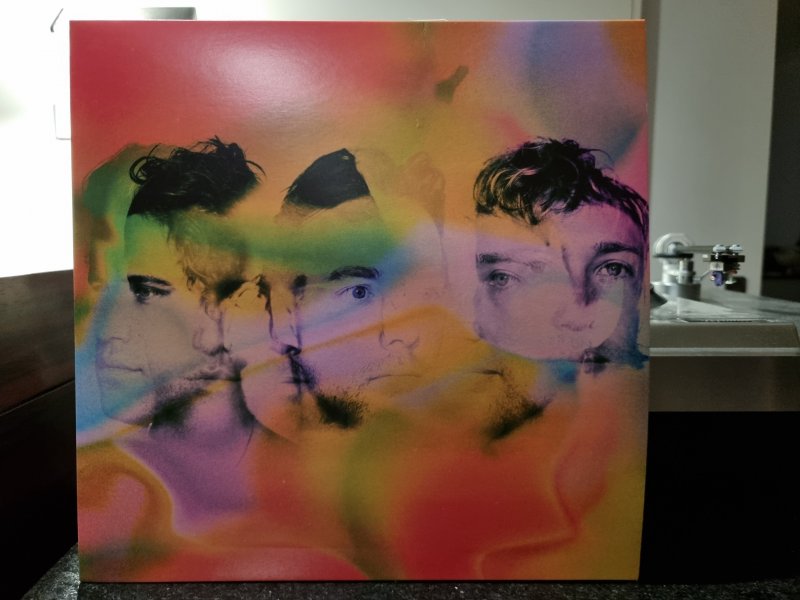I don't question your statement about your experience with analog, but I will "claim" that you can realize/experience unheard detail from improvements from CD playback hardware upgrades. Having invested in better standalone transports & DACs, as well as a standalone player such as the Neodio Origine S2, along with better associated cabling the improvements are quite noticeable. Likewise, folks who stream and have invested in related equipment and the time to understand how to maximize the implementation have realized the same. Degrees of improvement in any of this depend upon any number of variables, but no format is left out of the ability to realize them.
21 minutes after I posted, pretty quick.
I didn’t say you couldn’t get improvement in CD player performance by upgrading cables, getting a DAC with less jitter, putting green marker colour around the edge of your CD’s and placing magic rocks on top of your components (all of these have all been enthusiastically advocated). I also agree that upgrades in DACs have allowed digital music to be recorded without the brick-wall filters needed in the early days to prevent ultra-high distortion associated with the medium back then, and may now actually give some of the psychoacoustic experience that analogue gives, but I do not agree that you can recover data with more expensive CD players that other modern CD players can’t.
When recording while an orchestra is in full bloom, there are literally billions of different tones, fundamental and harmonics, at different volumes, reaching the microphones at once. With D2D recordings that conglomerate of waves are being planted into the grooves in-total as fast as the physical limits of the cutting needle driven by electricity, traveling at the speed of light, will allow.
With CD, 16-bits (off and on switches) have a total of 64,560 different values. Do you believe that enough to capture all those billions of sounds reaching the microphone? If so, why did the industry upgrade to 20-bit bytes?
The analogue D2D is recording nearly everything continuously as presented to the mike, whereas with CD, what the limited 16-bit bytes can capture is recorded, not continuously, but in freeze-frame snapshots at 44.1 thousand bytes/second. Quick enough to give the illusion of continuous, but isn’t.
Some improvements in analogue equipment (pickups, linear tracking tonearms, different diamond shapes riding at different depths in the grooves) do not just improve the sound quality of playback, but often times can pull information from the grooves of old records that was never heard before from the same LP’s when played on good, but lesser systems. All the information in a CD is available to all CD players. Although one can improve the sound coming from one’s CD’s, you can’t squeeze blood from a turnip.












